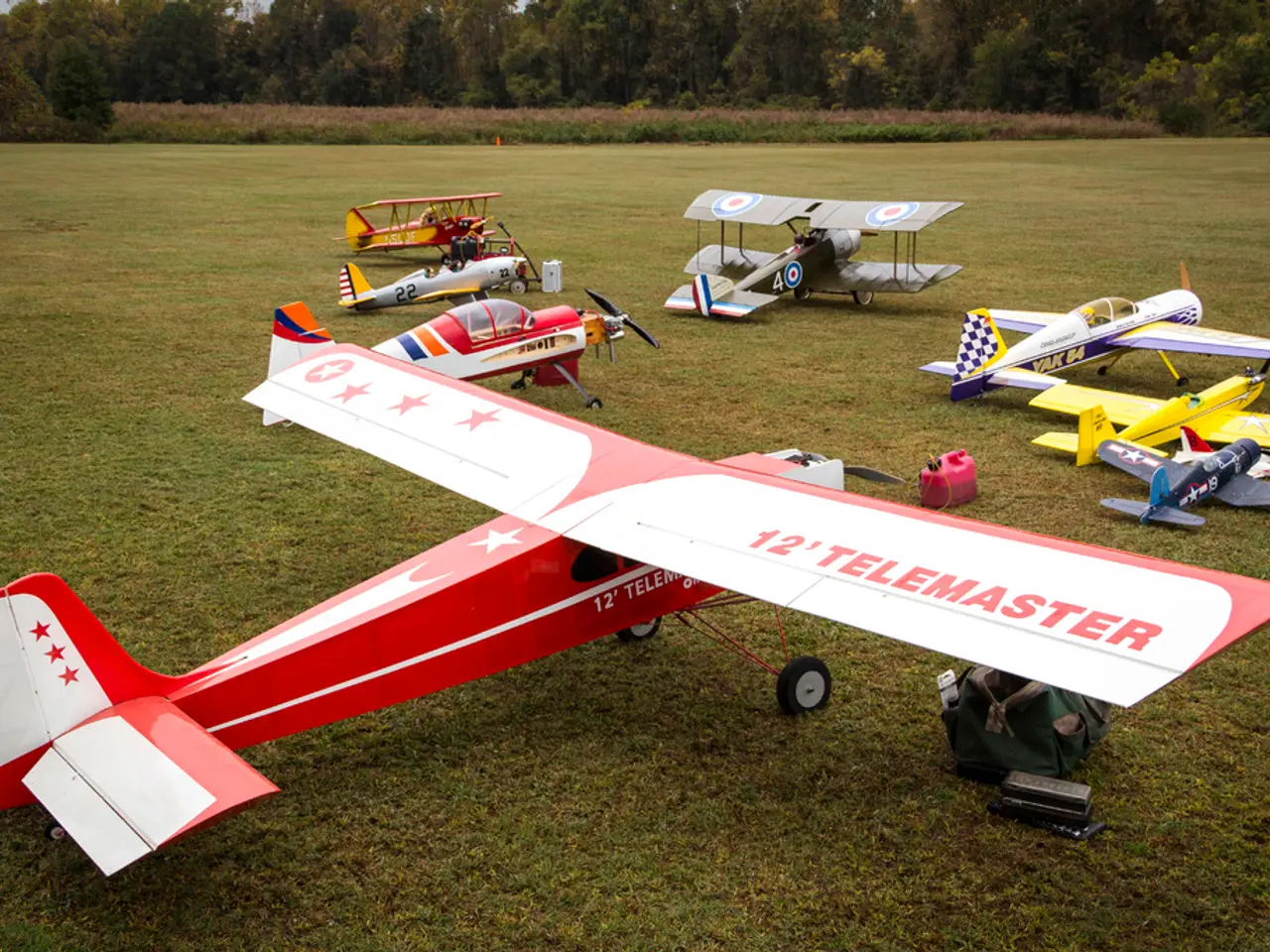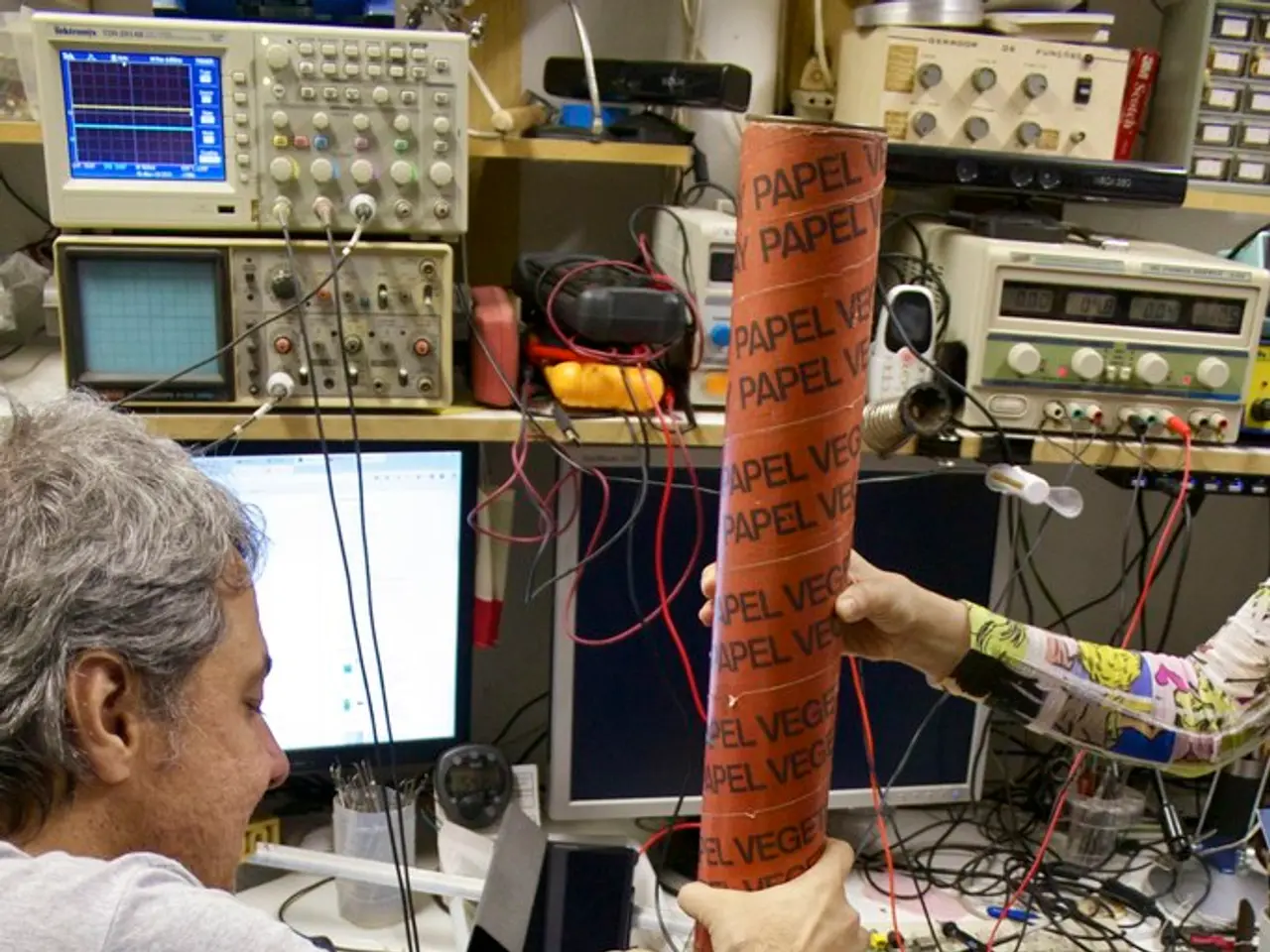Aviation Challenges: Wing Turbulence Wreaks Havoc for Aircraft Crews
Wind shear and microbursts pose significant risks to aircraft during critical phases of flight, particularly during landing and low-altitude flights. To detect and avoid these potentially dangerous events, a combination of advanced technologies, meteorological forecasts, pilot vigilance, and effective communication is essential.
Detection and Avoidance
Pilots begin by meticulously reviewing weather forecasts, aviation routine weather reports (METAR), terminal aerodrome forecasts (TAF), and meteorological warnings for conditions that could lead to wind shear or microbursts, such as thunderstorms or frontal passages.
Onboard systems, including both predictive and reactive wind shear detection technologies, play a crucial role. Predictive systems alert pilots of potential wind shear ahead, while reactive systems warn when the aircraft encounters wind shear. These systems provide audible alerts and visual cues on flight displays.
Pilots are trained to recognise symptoms of wind shear and microbursts, such as sudden changes in airspeed and flight path near the ground. To avoid these events, pilots may increase airspeed during approach (typically by 10-15 knots) to maintain a safety margin, apply maximum thrust if wind shear is encountered, maintain pitch attitude, and execute a go-around if necessary. Microbursts, which usually last under 15 minutes, can be avoided by holding before approach if conditions are suspected.
Common Devices for Wind Shear Prediction
Ground-based low-level wind shear detection systems, commonly installed at many airports, use Doppler radar and wind profilers to detect microbursts and wind shear near runways. These systems provide alerts to air traffic control and pilots.
On-board wind shear detection systems are mandatory for jet airliners according to FAA and EASA regulations; these devices integrate radar and sensors to provide real-time wind shear warnings.
Meteorological data from weather stations, radar, and pilot reports enhance detection and forecasting by giving situational awareness of hazardous areas.
Role of Pilot Reports (PIREPs)
Pilot reports contribute significantly to detection by providing real-time, first-hand accounts of wind shear encounters, turbulence, or other hazardous weather phenomena during approach, landing, or takeoff. These reports complement automated detection systems and meteorological forecasts by helping update other pilots and air traffic controllers about current conditions that may not yet be reflected in weather products.
In summary, a combined approach using advanced onboard detection systems, ground-based radar, meteorological forecasts, pilot vigilance, and effective pilot reports forms the backbone of wind shear and microburst detection and avoidance during critical phases of flight near airports. This layered detection network helps pilots maintain safety when landing or flying at low altitudes in potentially hazardous wind conditions.
Microbursts, a type of wind shear, occur directly beneath CB clouds. Dry microbursts are more challenging to detect due to the absence of rain. An example of a wind shear report could be "moderate wind shear at the 4 miles on final approach for runway 35 at 400 feet". Wind Shear is a sudden change in the horizontal and vertical direction and strength of the wind.
Wet microbursts are easier to detect with radar due to the presence of rain. Radar detection of wind shear events is facilitated by the presence of rain, as in the case of wet microbursts. In a microburst, winds can change direction by 90 degrees. The most reliable information about wind shear comes from the reports provided by pilots of double-flight aircraft. The cooling of the air mass causes an unstable and strong wind to form. A microburst is composed of a few feet thick layer of wind, reaching speeds up to 80 knots. Dry microbursts evaporate before rainfall, making detection much more difficult.
- Leveraging technology, pilots utilize onboard wind shear detection systems to receive real-time warnings during flights, helping them avoid potential wind shear events.
- To further enhance detection, meteorological data from various sources, including PIREPs, are essential in providing real-time, first-hand accounts of wind shear conditions during critical phases of flights.




